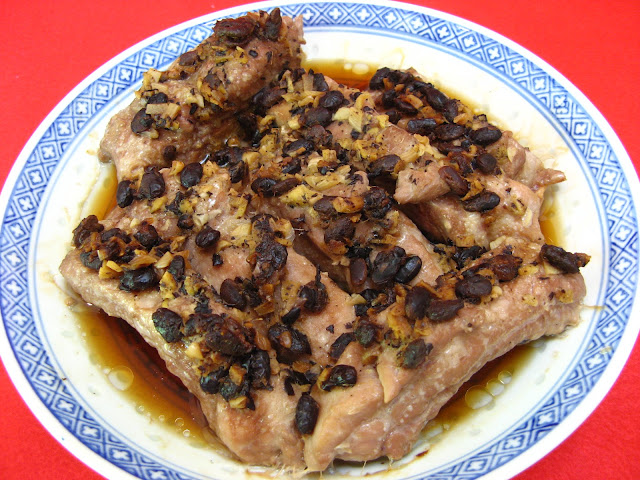This is a nice dish for those hot days when you want
something cool to eat. You get the sweetness from the cantaloupe and a nice sour
tang from the dressing. This recipe is very similar to the Greek Yogurt Soy
Sauce Chicken Pasta Salad dish (whose recipe can be found here).
The main difference in this recipe is the use of cantaloupe instead or chicken,
making this dish vegetarian.
Enjoy!






